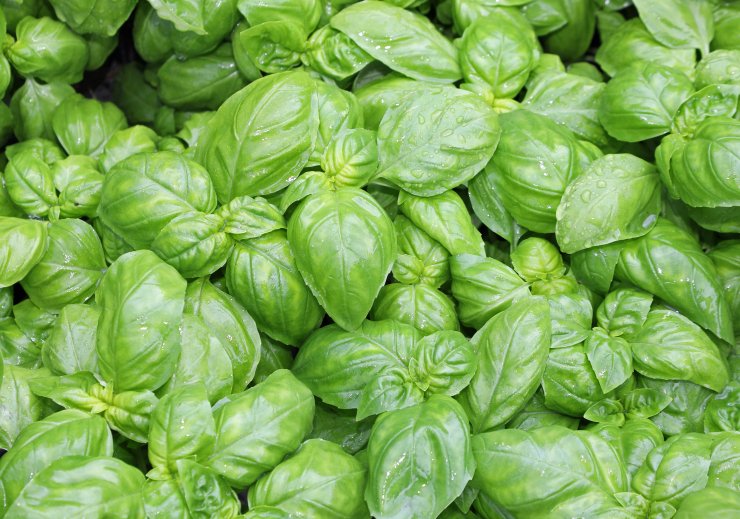
Basil plants

Basil plants
Basil is one of the most common herbs grown by food gardeners and is enjoyed by cooks to flavor everything from spaghetti sauce to salads, vegetables, and pesto.
With its origins thought to be a native plant to Southeast Asia or perhaps parts of Central Africa, basil has been cultivated for more than 5,000 years and has even had uses besides food—including for medicinal, cultural, and religious purposes.
A Brief History of Basil
In ancient Egypt, basil was used during embalming—basil has been discovered in Egyptian tombs and mummies. In ancient Greece, basil symbolized grief and mourning and was known as basilikon phuton, meaning “royal herb.” And in ancient India, basil was used in the traditional medicinal system called Ayurveda—meaning “the science of life” in Sanskrit.
In Jewish folklore, basil is believed to add staying power while fasting. In Portugal, basil plants are special gifts for a romantic lover on religious holidays.
Today, basil is grown all over the globe, having migrated westward since plants could easily be grown indoors to avoid cold and harsh weather and climates.
Basil is called by many names like sweet basil or even Thai basil, but all of its common names refer to the herb’s botanical name, Ocimum basilicum. Basil is a member of the large mint family, or Lamiaceae family, along with other culinary herbs like rosemary, sage, and lavender. It is believed that basil has origins in India, but the herb has been cultivated for over 5,000 years with its reach spreading to all corners of the globe. There are some indications that basil may have originated even farther east than India with ancient records from 807 A.D. suggesting that sweet basil was used in the Hunan region of China at that time. Basil eventually migrated westward as whole plants as it could be grown easily indoors and away from exposure to cold climates and frost.
With its wide culinary reach, different varieties of the basil plant have been adopted into the cuisines of various cultures. The flavors of sweet basil are all too familiar to Italian dishes where it is used liberally, whereas Thai basil (O. basilicum var. thyrsiflora), lemon basil (O. X citriodorum), and holy basil (Ocimum tenuiflorum) have become a staple in many Asian cuisines.
Uses of Basil Today
Basil continues to have diverse applications in modern kitchens and science labs. In cooking, basil is most commonly used fresh in cooked recipes. More often than not, the fresh leaves are added at the last moment, as cooking can quickly destroy the herb’s distinct flavor. But today, basil is not only used as a food flavoring, but also in perfumes, incense, and herbal holistic remedies.
Basil Harvesting Bonus Tips: Basil needs to be regularly harvested, so the plants don’t “go to seed”—that means clipping leaves from the tops of plants on a regular basis (the leaves will grow back and thrive and produce even more basil). What to do with all the extra basil? Make pesto and freeze it in ice cube trays—individual frozen cubes of pesto can be added to dishes to flavor just about anything from vegetables to soups and pastas. Too much basil to handle? Wash bunches of basil leaves, dry them, and package them nicely in an attractive bag as a gift to a neighbor or friend.
Basil is so revered that there’s an annual festival to celebrate it. Held in San Antonio every spring, Basil Fest honors the “herb of summer” that reigns king in gardens and kitchens. The festival is dedicated to learning about, cooking with, and enjoying basil—and every year a Basil Fest Champ is crowned, based on public voting of chefs’ basil dishes.
Have you ever visited Basil Fest in San Antonio, Texas? Please tell us about the unique ways you use and celebrate basil!




Please direct me to a PDF where I can download the entire Introduction to Basil Guide. founder@tynkertopia.org
Thank you.